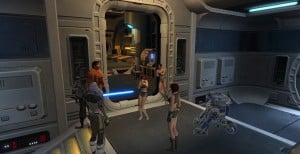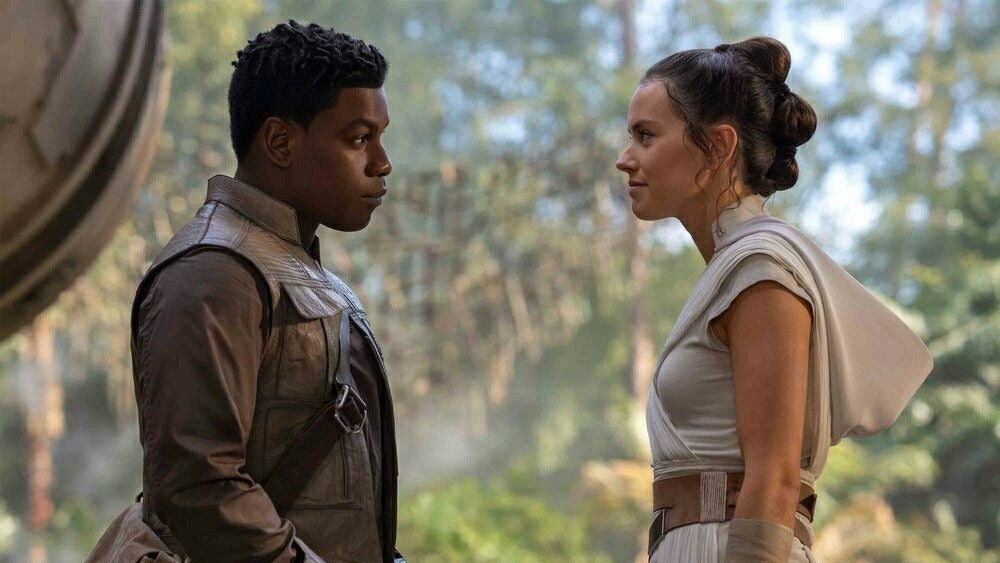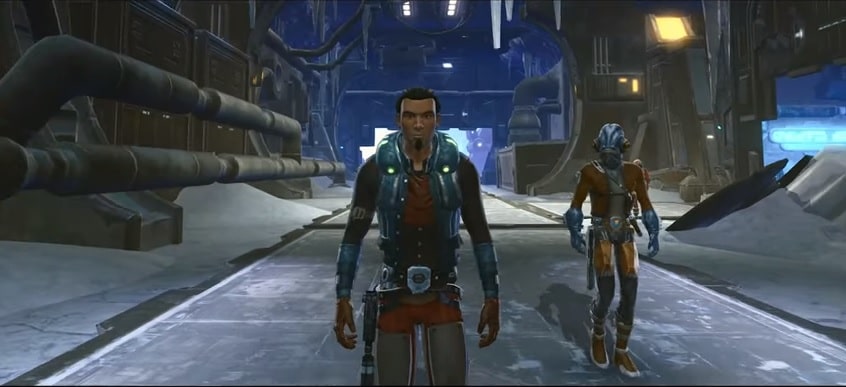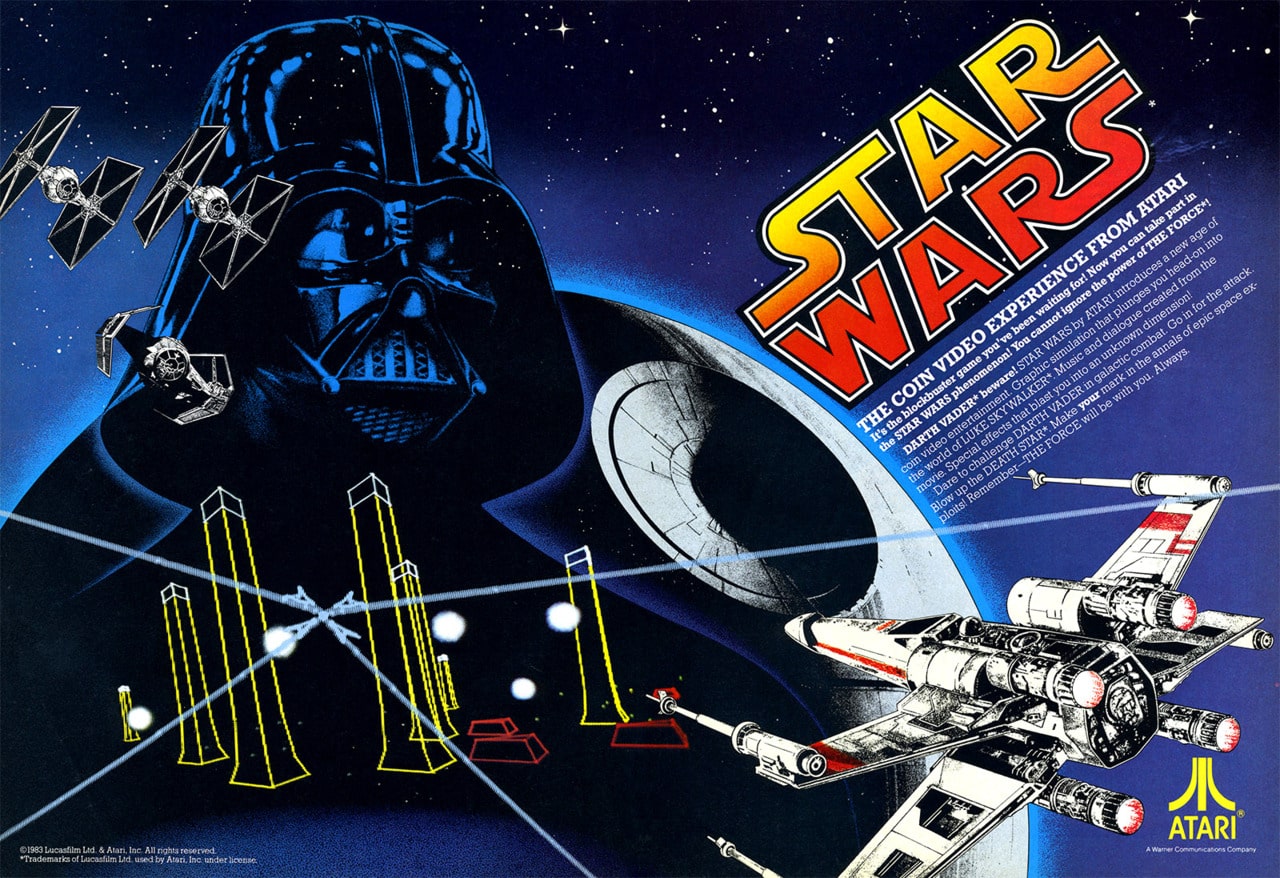This week’s Q&A went up yesterday, and includes interesting information regarding armor set development cycles, random loot tables, and more. Also an interesting piece of information is the fact we now get more character slots. Read the full thread at the official forums, or our Copy paste below:
Ryan Dening (Lead Concept Artist) and David Hunt (Systems Designer):This is a very good and timely question as we have recently been refining parts of our approach and inspiration in response to the feedback we have gotten from our players. The first thing we do when designing a new armor set is to look at which class it’s for and what level or tier it is going to be. For instance, if it’s for a Bounty Hunter we’ve established that Bounty Hunters wear heavy armor that should feel custom or at least modified (since he’s not a uniformed soldier). Our strongest influences are going to come from characters like Boba Fett, Boushh, Dengar etc. Level of the gear is going to determine how visually impressive the gear should look and where it fits in the progression. This is the real tricky part because in Star Wars, a lot of the costumes are quite simple or hit one note and we have to extrapolate to create a lot of different, unique looks that feel like they progress from low level to high.
With this as our background we’ll start sketching ideas to find and capture a look that is compelling. When the sketch is approved we make a model sheet which is a lot like schematics. Every piece of a set of gear needs to fit into the wearables system so that they can work with every other set of gear in the game independently. An outfit will also have different layers like a base (for a Bounty Hunter this would be his base armor) and attachments (the cool stuff like Boba Fett’s cape, rocket pack, Wookie braids). From here it goes to the character artists who bring the concept to life as a 3D model. They start with high poly models and custom sculpt each piece. Then they texture the models and make lower poly meshes that can be imported into the game. It’s a long process and takes a lot of hard, skilled work to make an armor set.
Once in the game, designers create a map between all the available art assets and the items that need to be distributed to cover the various roles. We utilize different attachment and color combinations provided by the artists to try to make as many armor sets as possible unique, even if they’re similar to others. Those sets are named and distributed along similar content channels, with the goal of giving players gear that makes them naturally look cool as they progress instead of making you look like a clown. The related content bands are setup with the intent of making characters look good in mixed sets of the same band, while still providing variety between them. There are too many combinations to guarantee that you’ll find the right items that look cool together, but we work to get you as close as possible so that it’s easy for you to complete the last steps.
Raalat: The Toxic Scan ability purges two effects. If a target has more than two purgable effects, how is it determined which are purged?
Austin Peckenpaugh (Senior Designer): You can typically expect the oldest effect to be removed first.
Daitenzin: Does the team have any concerns about how the 1.3 changes will affect how Assassins/Shadows will perform as tanks compared to the other tanking options in an Operation situation?
Austin: No, not especially. I know a lot of players feel like this was a PvP fix that glossed over the idea of Operations survivability, but that just isn’t the case. In reality, Shadow/Assassin tanks were slightly over-performing prior to Game Update 1.3, but some of that is obfuscated in the current climate of boss encounters. What some players have correctly identified as an issue is that some Operations bosses deal significantly more Force/tech damage than weapon damage, which favors tanks with high mitigation over those with high shield/avoidance.
Therefore, it’d be more accurate to say that I’m more concerned that we’re currently overemphasizing armor and health pools (as the most valid channels of survivability) in Operations encounters. This may be the case because bosses aren’t using enough weapon damage or because too many tank defenses only work against weapon damage. Not all channels of survivability can be balanced for every boss encounter, which is why tank survivability is measured against a norm, and why we’re going to be pushing harder to hit that norm in the future – either through tweaks in boss damage or tweaks to the way shields work.
Fireblazer: Any chance we will be able to get extra character slots for a server in the future. Maybe as part of the legacy system?
Daniel Erickson (Lead Game Designer): There will definitely be more slots appearing in the near future. Stay tuned for details.
RamathRS: The upcoming “Smart” abilities look to be amazing. I am very eager to try these out. However, will these same changes apply to our Companion tanks as well? They each have an AoE ability that generates large amounts of hate on up to 5 targets, coupled with a debuff of some sort. But, it also does damage. I am almost always forced to turn off this key and essential ability to preserve ongoing CC.
Austin: This sounds like a good idea and is plenty plausible. We’ll look into it. Thanks.
HeavensAgent: In general how are random loot tables defined, and when an item is awarded how is the loot table it originates from determined? Are they based on planet? Item level? Item quality?
David Hunt: We have a hierarchy of different loot tables for different purposes and functions. Loot falls into three broad categories:
1. Random Loot. When you kill something in the world or open a generic lockbox, loot usually comes from here.
We have a series of four random loot tables representing difficulty rarities.
The first table is where you see all the grey “junk” loot. We have a large list of items, and then each item requires a specific tag. When we give a loot package to a creature, it has properties for what kinds of tags that creature owns. For example, there’s a boss tag, a military tag, republic/imperial tags, a medic tag, a scaled tag, etc. The composition of those tags determine what the creature can drop.
The second through fourth tables are increasing rarity calls. Those rarities roughly translate to quality, but not precisely. For example, the uncommon table is where most of the Premium (green) stuff in the game drops. However, there’s also a bunch of Prototype (blue) items -primarily mods. Those Prototype items almost all require the Boss tag to be present. This means that instead of dropping a static Premium item, a boss has a chance to drop a Prototype mod instead when they call to the table. That chance doesn’t apply to regular mobs because they don’t have the Boss tag.
For all random loot, we have base chances that are globally defined. Note that Standard and Weak creatures have a chance to not drop loot at all, and these calls are only made AFTER it determines that they will drop something. We use random loot for world bosses, but they all have overrides to the global random loot rates. The overrides depend on how many players are expected to fight to kill the boss.
The process for determining the specific item that drops is a simple series of calculations based on requirements. We roll to determine which loot table is used, then we check the level of the NPC and roll to see if it offsets. We then look for that level in the loot table, and if it can’t find anything it will drop 1 level and check again. Once it finds a valid level, it builds a list of all the valid items and their weights. Weight is a relative chance to drop a specific item compared to other items in the table. We bias loot towards classes by having the table split: there’s an unrestricted section and a restricted section. For example, the Level 38 loot entry for Kinetic Resolve D-System has a weight of 125 unrestricted in the Rare table. It has a second entry with a weight of 100 that is restricted to the Sith Sorcerer and Jedi Sage. So the effective item weight is 125 for every group that does not have a Sorcerer or Sage and 225 for any group that does. That is why adding two characters of the same class does not further increase your odds of loot beyond having one of that class present.
Trying to describe specific weight chances gets very complicated very fast. You have to factor in the potential presence of two loot entries, the composition of the classes present, whether there are any additional drops due to what you’re killing, etc.… then we toss in a few additional factors, like Boss-only Prototype drops that have high relative weights. While in the provided example the Kinetic Resolve D-System has a lower class weight than general weight, thats not representative of the system in general. The weights for any specific item are determined by a moderately complex set of calculations to create relative loot density consistency across hundreds of different loot criteria combinations.
2. Regional Loot. When you kill something in the world and get commendations or medpacs, it comes from here.
Most NPCs opt in to regional loot. Whenever you kill something on a planet that is valid for regional loot, it will make a call to this table in addition to whatever other loot it provides. We generally use this for simple, generic additions that we want to provide for generally participating in the content. That’s why it’s the way we drop commendations and medpacs. However, it can also be used for other purposes, like the “random” loot you get from trash mobs in a flashpoint.
Note that regional loot does not apply to things like lockboxes.
3. Custom Loot. When you kill a boss in a flashpoint and pull from a specific list of items, it comes from here.
This is similar to random loot, but it calls from a much smaller predefined list that’s specific to the NPC. Custom loot uses class restrictions extensively. Sometimes, custom loot is all class restricted and it’s not possible to get an item for classes that aren’t present. Weighting is also much simpler in custom loot packages, but with randomness there’s a high probability that a single pass through a FP/OP will be very slanted. Custom loot is typically split into several subpackages. Each subpackage has a chance to be called and contains a list of items.






